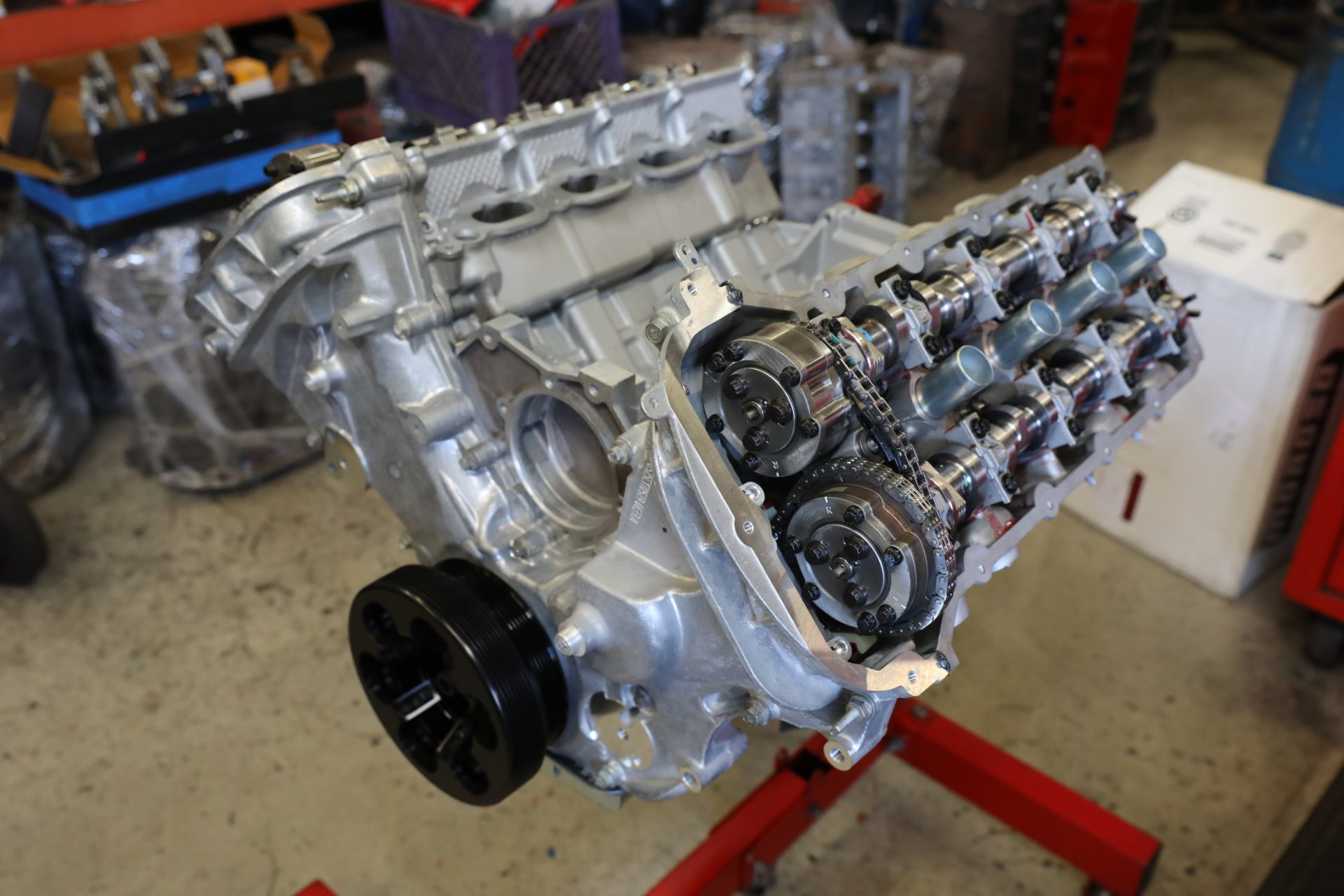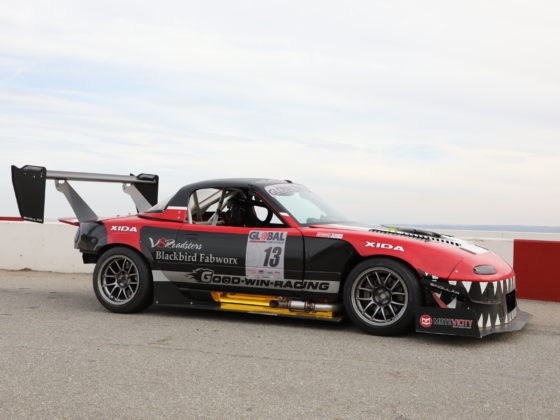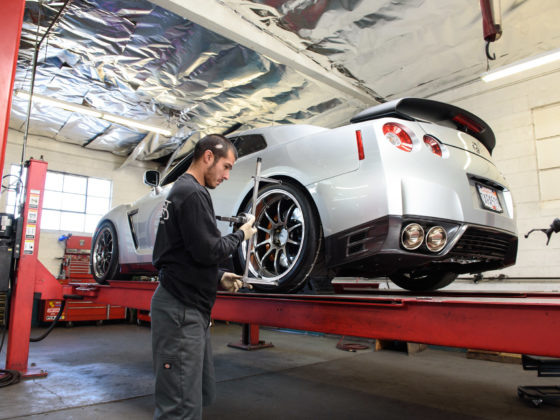,

Since this is a road race car, we opted for the thermal barrier crown coating upgrade along with JE’s Tuff Skirt coating that helps with break-in and acts like a dry film lubricant to aid during moments of temporary oil pressure drops.

To achieve proper rod bearing clearances, we ended up using half a shell of King’s standard bearings and the other half oversized.

ARP’s main studs are designed to be installed hand tight. We needed to install a main cap to check our main bearing tolerances.

We are a big fan of JE’s Pro Seal MLS head gaskets. These are all layers of stainless steel where the heat treat process comes after embossment. These gaskets will normalize flat and hold their shape better, which helps provide a better seal…a truly Pro Seal! Just like the main studs, we are equipping the top of our block with ARP’s 11mm head studs.

ARP recently updated their moly lube and washer design. The washers that sit under the nuts are now serrated (for the head’s side) so they don’t slip when torquing down the head studs.




6 comments
Tons of great information here, thanks for sharing! I’m looking forward to coyote swapping my 97 GT, just trying to figure out how much I really want to spend on the build, and this really helps!
500 HP?? Do you guys really believe this is all they can handle? I’ve been running 609 rwhp in my 2013 F150 for 127,000 miles. Plenty of other guys making alot more than 500 with these engines. Do a little more research next time guys.
We are talking about really handling it, not as a burst through the gears streetcar or 1/4 mile at a time. If yours is holding together at 600 plus with your typical use, that’s great but we are talking about a solid conservative power rating. There is a great possibility that your 600 hp wonder would disassemble itself under the kind of use we subject these motors to.
Whats done to it ?
There’s no way you can find cans for the coyote for 150 to 300 bucks. Your crazy
Blowed mine up first week on the road and made me sick